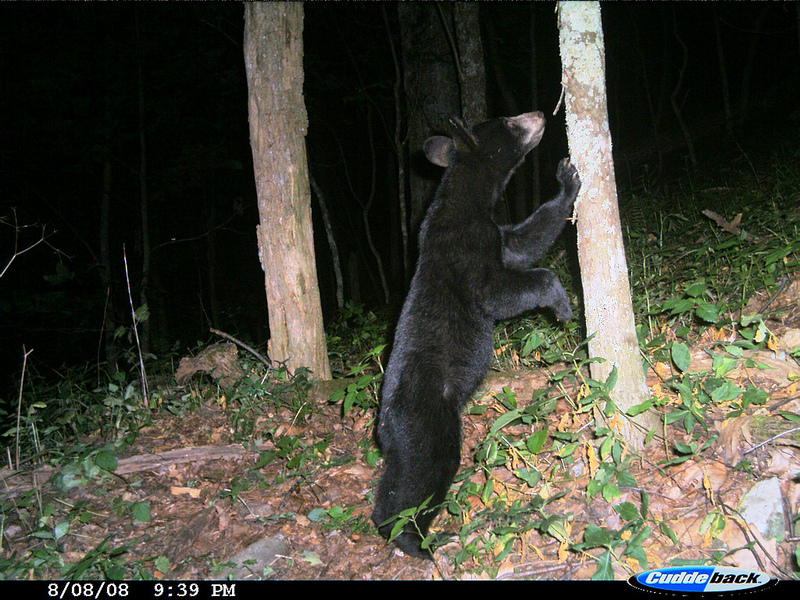Humans Alter Wildlife Along Appalachian Trail

As humans flock to the Appalachian Trail — more than 4 million of them each year — other mammals seem to be fleeing, a new study suggests.
A group of researchers deployed camera traps at 447 sites along a 636-mile (1,024-kilometer) section of the scenic path, which stretches from Maine to Georgia. The team analyzed how the distribution of eight mammal species has been altered by habitat loss, hunting, recreation and roads near the trail. They found that each factor had varying impacts on the animals.
Thinning forests along the Appalachian Trail seemed to push out bears and bobcats, but attract red foxes and raccoon. Bears and bobcats again were the most negatively affected by hunting along the trail, while raccoons benefited, the study found. (Removing larger predators sometimes results in a population boom for smaller carnivores — in this case, raccoons, the researchers note.)
The team also observed that heavily trafficked, recreational trail sections discouraged bears, but perhaps unsurprisingly drew red foxes, omnivores who are quite fond of human foods. Roads near the trail, meanwhile, attracted more deer, but didn't seem to have much of an effect on the other creatures, the researchers found.
"It is no surprise that animals are affected by what is going on around them," study researcher Bill McShea, an ecologist at Smithsonian Conservation Biology Institute, said in a statement. "But what did surprise us was the difference in effects among species and that our observation of the changes in occupancy was the product of the cumulative effects of these factors on each of the eight species."
McShea and his colleagues, whose research was detailed recently in the journal PLoS ONE, said protecting forest habitats and encouraging reforestation along the trail would benefit a number of mammals native to the area. Hunting also should be monitored closely for certain species, the researchers recommend.
Follow LiveScience on Twitter @livescience. We're also on Facebook & Google+.
Sign up for the Live Science daily newsletter now
Get the world’s most fascinating discoveries delivered straight to your inbox.










